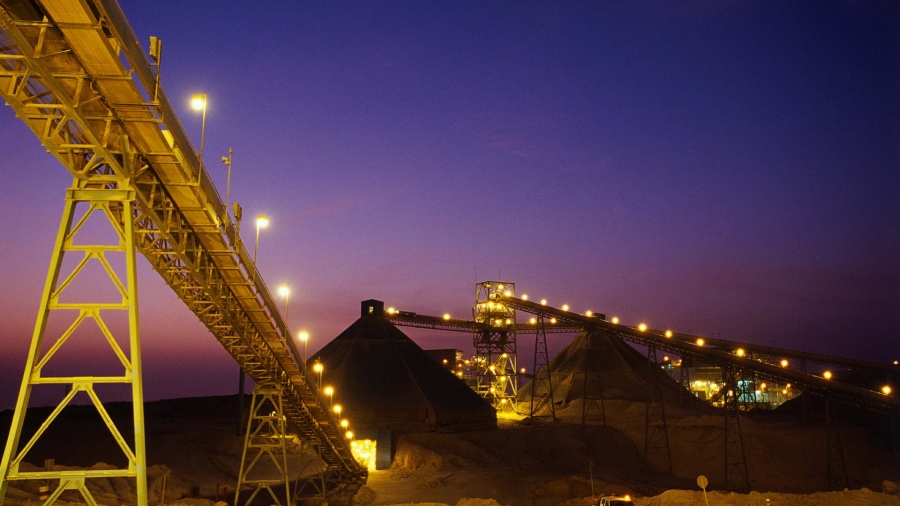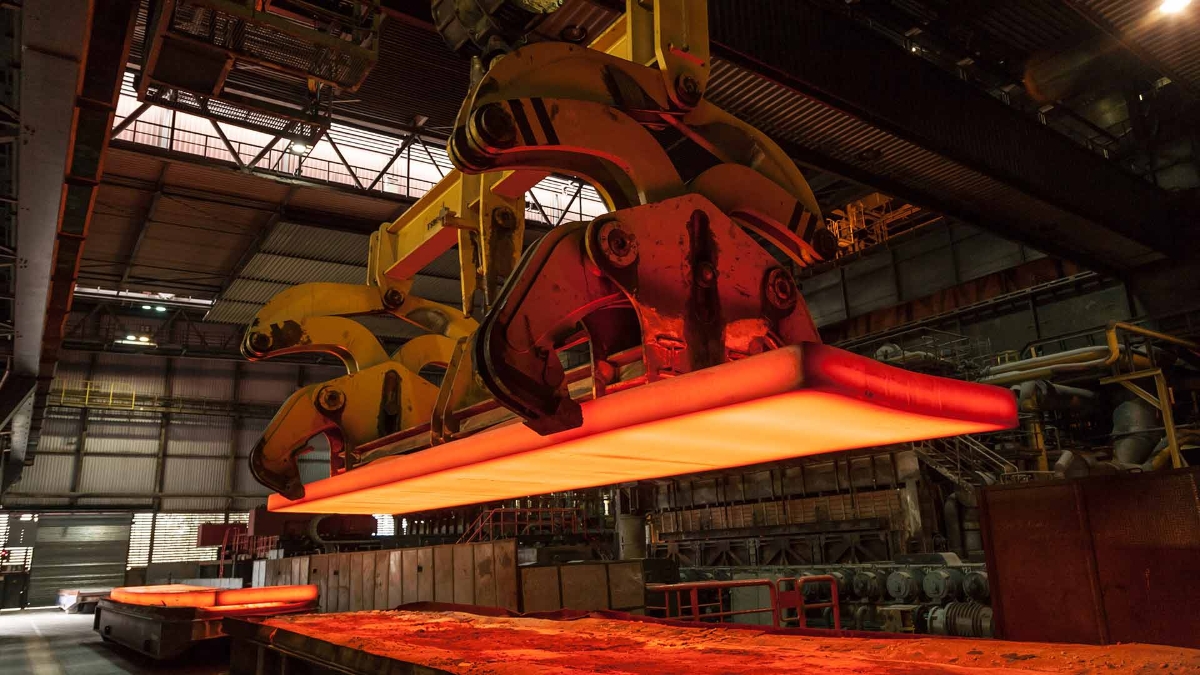Mahtab Salehii, Global Solution Architect for Sustainability, Mining, Metals & Minerals at Schneider Electric
Tara Rana, Global Solution Architect for Mining, Metals & Minerals at Schneider Electric
In our efforts to combat climate change and limit global temperature rise to below two degrees by 2050, it is crucial to explore and evaluate every technology that holds potential value. Among the various technologies gaining significant attention, hydrogen (H2) technology stands out. In this article, we will explore the emerging applications of hydrogen in the mining industry and discuss its role in decarbonization efforts.
Hydrogen: an abundant energy carrier with multiple applications in mining
Hydrogen has captured considerable attention for several reasons. Firstly, it is the most abundant element in the universe, offering a virtually limitless supply. Additionally, hydrogen exhibits characteristics similar to fossil fuels, allowing it to be stored, transferred, and burned to produce high-temperature heat. However, unlike natural gas or oil, hydrogen does not exist naturally in the world but rather serves as an energy carrier that requires production. Numerous new applications of hydrogen have been proposed across different industries, including transportation and mining. Let's examine some of the key applications of hydrogen in the mining sector.
1. Fleet Decarbonization
One promising application of hydrogen in mining is fleet decarbonization, particularly for heavy mobile equipment such as haul trucks. Compared to electric trucks, trucks equipped with hydrogen fuel cells offer several advantages, including fast charging and extended ranges, making them an attractive option.
2. Energy Storage
Hydrogen can also be used for energy storage purposes. It can store surplus renewable electricity and be used later for thermal or electricity generation. At high pressures, hydrogen can store up to 40,000 Wh/kg, whereas the best available lithium-ion batteries on the market can only store up to 280 Wh/kg.
3. Electricity Generation
In mining operations, hydrogen can power on-site generation units, meeting the electricity demand of the mining operations. By using hydrogen for electricity generation, mines can reduce their reliance on traditional fossil fuel sources.
4. Steel and Copper Production
Hydrogen can serve as a reductant and source of industrial-grade heat, offering a potential alternative to fossil fuels in carbon-intensive industries like steel and copper production. By replacing fossil fuels with hydrogen, these industries can significantly reduce their carbon emissions.
Hydrogen value chain: from source to consumers
To ensure effective decarbonization, it is crucial to utilize green hydrogen for the mentioned applications. Let's take a closer look at the hydrogen value chain, tracing its journey from source to consumers.
Currently, most hydrogen is produced from fossil fuel sources through processes like steam methane reforming (SMR) or coal gasification. In fact, over 98% of hydrogen produced today is categorized as gray hydrogen. To differentiate between hydrogen types, let's briefly recap the color scheme:
- Gray hydrogen – produced through conventional methods using fossil fuels.
- Blue hydrogen – similar to gray hydrogen, but with carbon capture, utilization, and storage (CCUS) technologies applied to mitigate emissions. Recent studies have indicated that blue hydrogen is not significantly different from gray hydrogen in terms of emissions.
- Green hydrogen: produced using renewable electricity and water electrolysis, separating hydrogen molecules from oxygen. While electrolysis is not a new technology, the cost of producing hydrogen through this process has been prohibitive until recent years when costs have started to decline.
- White hydrogen – refers to hydrogen sourced from natural reservoirs, but these reserves are rare and insufficient to meet global hydrogen demand.
Currently, green and blue hydrogen together account for less than 2% of the world's hydrogen production. Gray hydrogen remains dominant, contributing to around 98% of the hydrogen market. It is important to note that hydrogen production itself is responsible for approximately 3% of global emissions, only slightly lower than emissions from the mining industry, which range from 4% to 6%. Achieving decarbonization of hydrogen production would require three times the renewable power generated worldwide in 2019. In today's hydrogen value chain, the major consumers of hydrogen are ammonia, methanol, and refineries, accounting for over 94% of global production. The emerging applications, such as the steel industry, consume less than 6% of hydrogen produced. The demand for hydrogen is projected to increase by 90% by 2030, with green and blue hydrogen expected to account for over 50% of that demand. Additionally, the share of hydrogen consumption in emerging markets is anticipated to grow by another 8%, reaching up to 14% of total hydrogen consumption.
Understanding the physics of hydrogen and its implications
To evaluate the suitability of hydrogen for the applications mentioned earlier, it is important to consider its physical properties and their implications. Two key characteristics of an ideal fuel are high energy content and high flame temperature. Hydrogen possesses both these qualities, with a higher flame temperature compared to natural gas and 2.5 times more energy content per unit mass. However, hydrogen has a very low density, meaning it contains nearly three times less energy per unit volume compared to natural gas. This necessitates the transfer and compression of a significantly larger amount of gas to achieve the same energy output. Furthermore, the liquification of hydrogen for transportation is challenging due to its extremely low boiling temperature near absolute zero. The liquification process results in a loss of approximately one-third of the hydrogen's energy content.
Challenges and considerations
The use of hydrogen in mining applications presents several challenges and considerations:
1. Low round-trip efficiency – conversions between different forms of energy result in energy losses of around 60 to 70%. Compared to direct electrification, using hydrogen as an intermediary requires two to three times more electricity, resulting in higher costs.
2. Storage and transportation – the existing infrastructure for storing and transferring natural gas is inadequate for hydrogen use. Hydrogen is a tiny molecule prone to leakage, and causes steel embrittlement, which means significant updates and modifications are necessary to the current infrastructure. Also, hydrogen must be stored at high pressures of approximately 400 to 700 bars. These challenges contribute to higher costs.
3. Competitive market – conventional industries such as ammonia and methanol also require decarbonization, and hydrogen serves as their primary feedstock. As a result, competition for hydrogen supplies may impact prices.
Solutions for successful implementation
To overcome the challenges associated with hydrogen use, the following solutions can be considered:
1. Decentralized production – on-site hydrogen production should be prioritized to reduce transportation requirements and dependence on larger markets. This localized approach enhances supply chain resilience and reduces costs and inefficiencies associated with long-distance transportation.
2. Long-term storage – hydrogen should primarily be considered for long-term seasonal energy storage requirements possibly in remote sites where seasonal weather patterns are drastically different.
3. Niche applications – hydrogen for thermal supply should only be considered when it can also be used as a reducing agent and where full decarbonization is not possible with electrical energy. Careful assessment of each application's feasibility and financial viability is crucial to ensure the optimal use of hydrogen.
While hydrogen technologies have potential in the mining industry as the world aims to decarbonize and address climate change, it is important to recognize that hydrogen is not a universal solution. In most cases, prioritizing electrification over hydrogen is the more sensible choice. Electrification should always be the primary focus, as it offers numerous advantages. Hydrogen, on the other hand, should be considered a niche market with specific applications. It is essential to carefully evaluate each situation and explore alternative options before deciding to adopt hydrogen. While hydrogen presents benefits such as fleet decarbonization, energy storage, and electricity generation, it also introduces challenges related to efficiency, storage, transportation, and market competition. Therefore, it is crucial to approach hydrogen implementation in the mining sector with caution and as a complementary solution.














